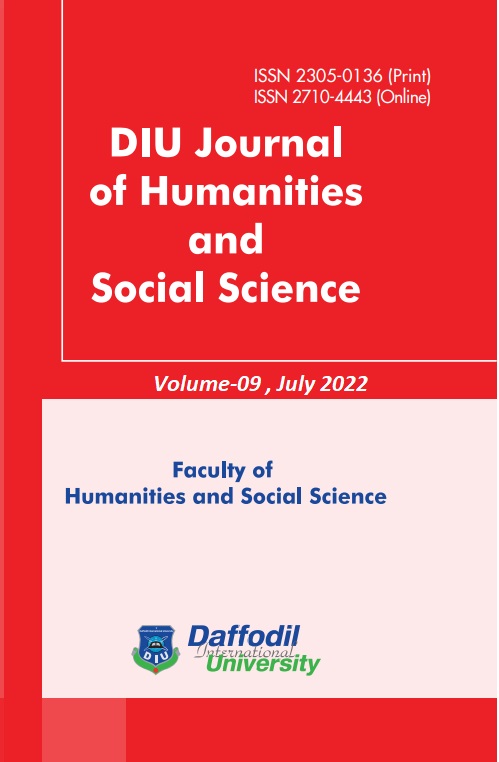Impact of Photojournalism on Readers’ Exposure and Retention: A Study on Cognitive Level of Bangladeshi Audience
DOI:
https://doi.org/10.36481/diujhss.v09i.1cf3vg94Keywords:
Social cognition theory, Photojournalism, Readers' exposure and retention, Impact of the pictureAbstract
Since our world is so connected these days, growth of digital devices, news, and media organizations will pay a high premium for the greatest and most interesting photographs available. As events unfold, it's easy to feel cynicism and skepticism. Word travels fast, and many search for the most trustworthy and reliable sources of information. Photojournalists are present, alongside more traditional
journalists, to create a story that speaks for itself. Using the qualitative research method, this study primarily focuses on the social cognition theory to demonstrate the effect of photojournalism on readers' exposure and retention. The purpose of this
research is to show that visual aids like photographs can significantly improve memory retention. The visual aid greatly increases the chances of remembering what was read. Images that aren't directly associated with the text tend to be forgotten quickly. In this study, social cognition theory is applied to the people of Chattogram to determine the optimal conditions for maximizing reader engagement and knowledge retention focusing on the cognitive level of the audiences. This research also demonstrates the wide variety of quick-read news stories available in visual formats. Pictures in the news need to be just the right size to keep the attention of the readers.
150 people from the general public aged between 18-30 were chosen for this study and three renowned newspapers from both online and offline modes (Daily Ittefaq, The Daily Star, and Bdnews24.com) were selected for gathering data. Research results lend considerable credence to social cognition arguments.
Downloads
Downloads
Published
Issue
Section
License
Copyright (c) 2024 DIU Journal of Humanities and Social Science

This work is licensed under a Creative Commons Attribution-NonCommercial 4.0 International License.




